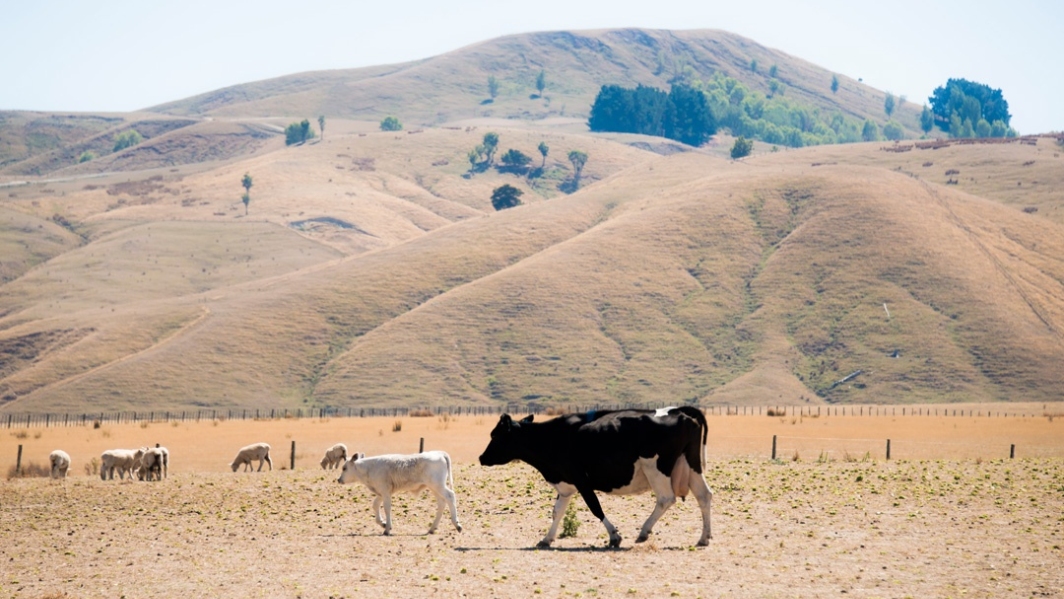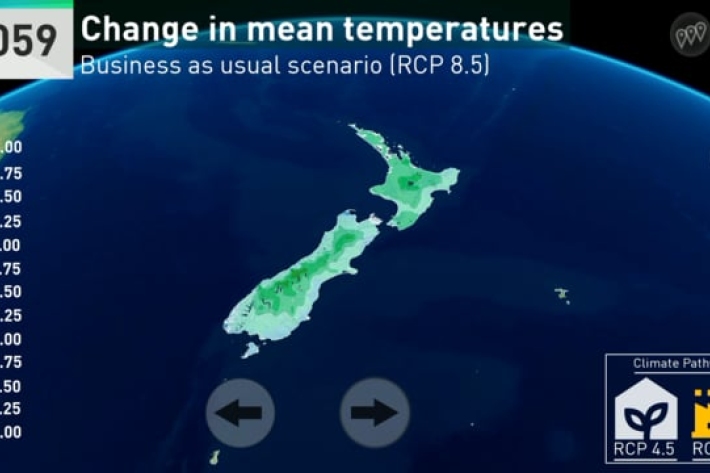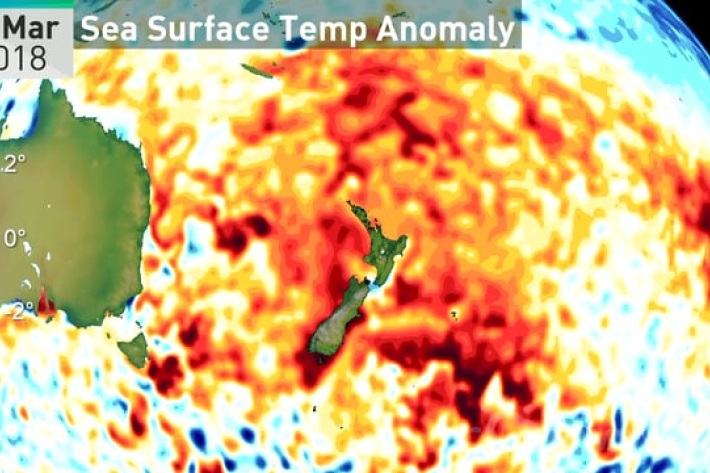-

Warmth dramatically outpaces chill so far this year
Media release04 July 2018It's a story of the warm and the wet. -
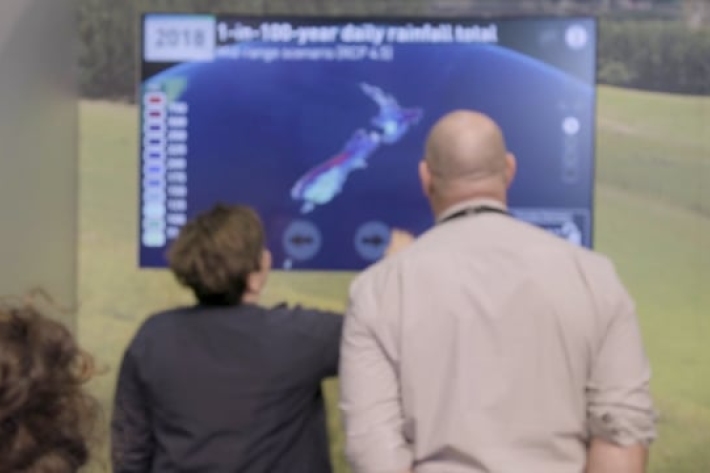
Climate change touch screen - Fieldays
The touch screen in action at Fieldays.revealing how our climate will change across the country. -

NIWA seaweed scientist tackling global climate change issue
Media release21 June 2018One of the world's leading scientific publishers has named a paper cowritten by a NIWA scientist as one of 250 groundbreaking findings that could "help change the world". -
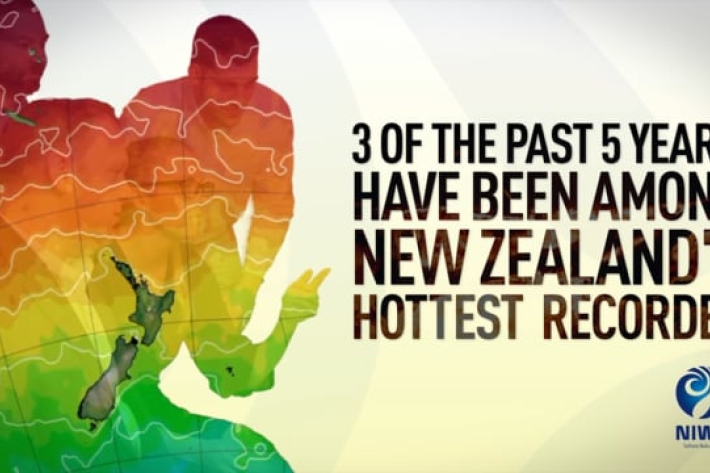
Our Climate is Changing
Our climate is changing - we need to act now. -
NIWA urges farmers to prepare for climate change
Media release06 June 2018NIWA is encouraging farmers to plan for climate change so they can maximise their abilities to adapt and thrive as significant change begins to take place. -

La Niña's gone; wild and unruly arrives
Media release29 May 2018We've got hot temperatures, we've got cold temperatures, freezing temperatures, ice, snow, hail, rain - and even a few rays of sunshine. And one very confused weather pattern. -
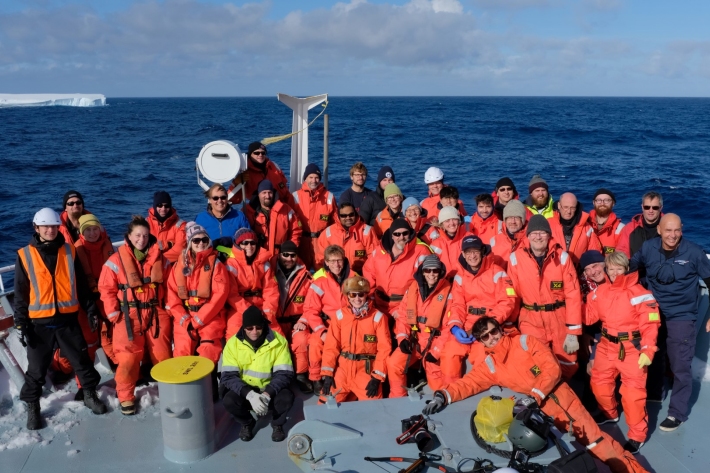
Well-informed, better prepared
Our scientists provide the knowledge key for evidence-based decision-making and for our society as a whole. -
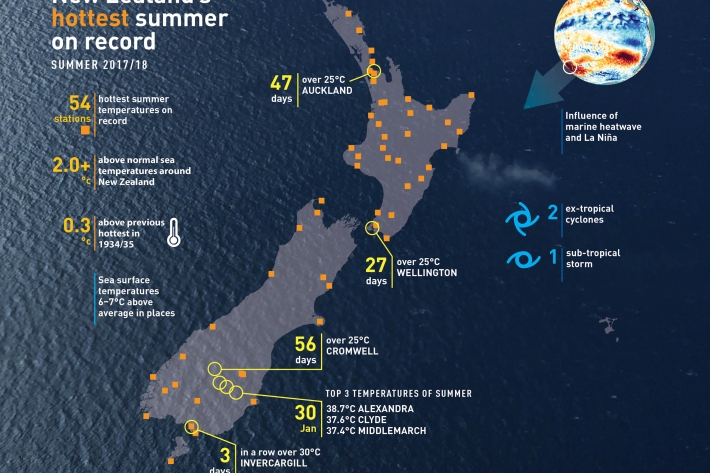
The record summer of 2017/18
Feature story30 April 2018Less than a week before the official end of summer on 28 February, temperatures dropped and a cool breeze made a whistle-stop tour of the country. -
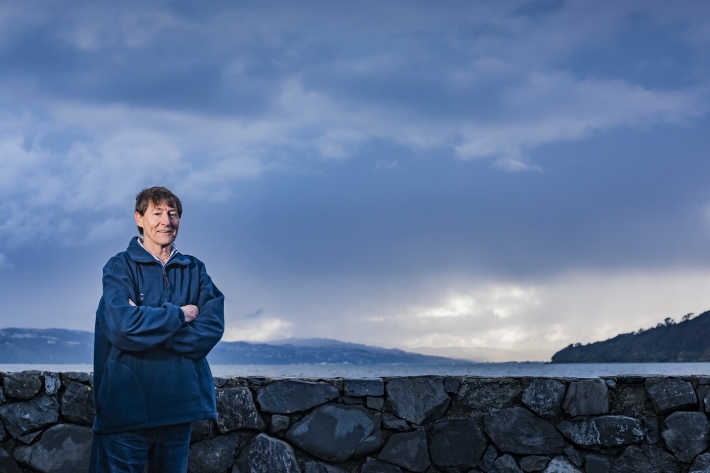
Solutions: Regional climate change
Feature story20 April 2018As climate change takes hold, regional council planning, sustainability and hazard managers are looking to NIWA.

